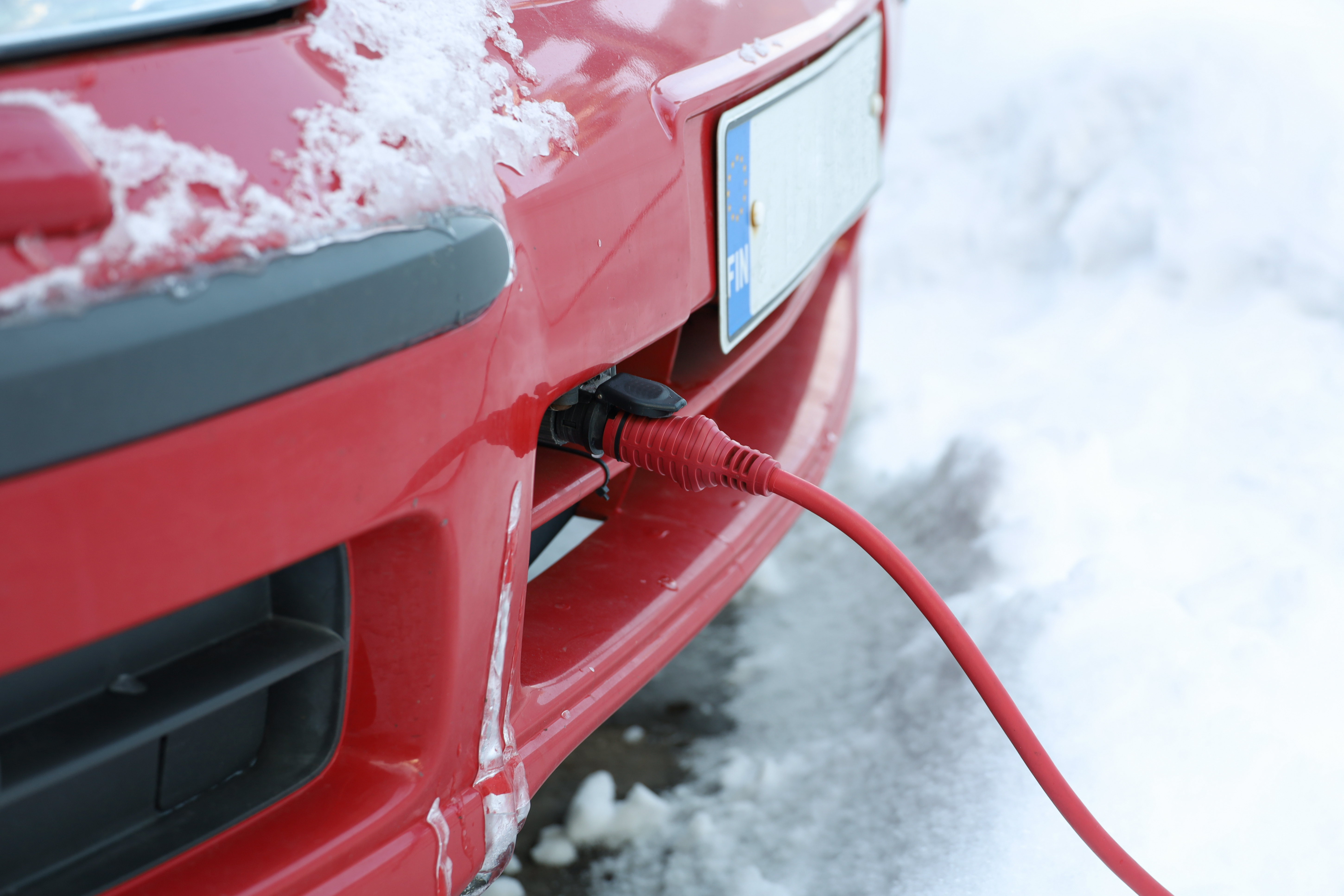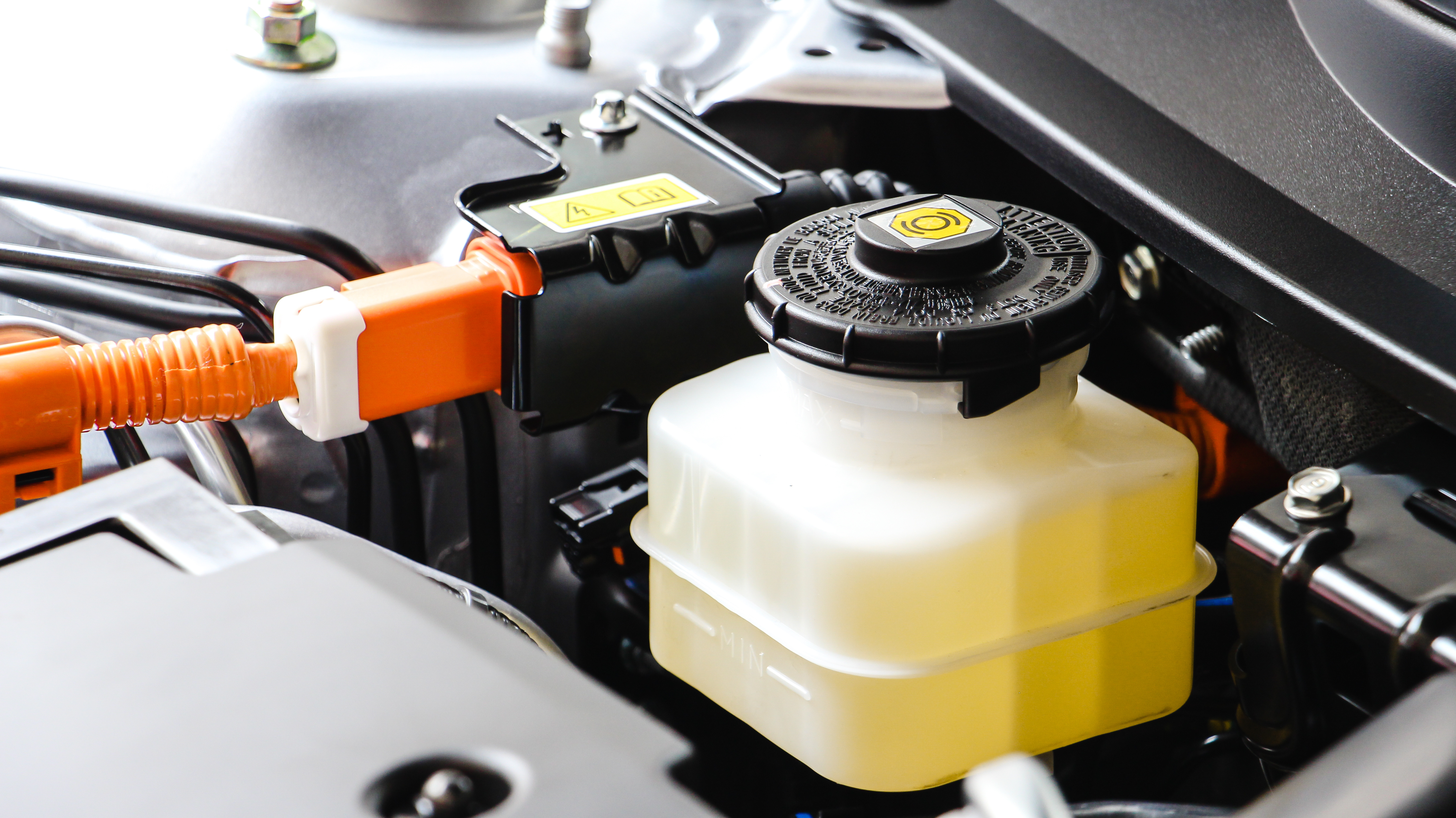When the temperatures start dropping in Boise, drivers often notice a familiar but frustrating sign on their dashboard—the Check Engine Light. While it might seem minor at first, this warning can indicate a significant issue with your vehicle’s EVAP (Evaporative Emission Control) system, particularly the P0442 and P0455 trouble codes. These codes point to a leak in the EVAP system, which controls and prevents fuel vapors from escaping into the atmosphere. At Naylor’s Auto Repair, we specialize in diagnosing and repairing EVAP system leaks through precision smoke testing, ensuring your car runs efficiently before Idaho’s freezing temperatures set in.
Understanding how the EVAP system functions—and how weather impacts it—can help you prevent costly repairs, improve fuel economy, and stay compliant with emission standards.
Understanding the EVAP System and Common Trouble Codes
What Is the EVAP System?
The EVAP system is designed to capture fuel vapors from the gas tank and route them to the engine for combustion, preventing those fumes from escaping into the air. It’s an essential part of your vehicle’s emissions control system and directly affects fuel efficiency and environmental performance.
The system consists of key components such as:
- Fuel tank and vapor lines
- Purge valve (routes vapors to the engine)
- Charcoal canister (stores vapors until the engine burns them)
- Vent solenoid (controls airflow into the canister)
- Fuel tank pressure sensor
When even a small leak occurs—sometimes as minor as a crack in a hose or a loose gas cap—the onboard diagnostics system detects a pressure imbalance and triggers a fault code.
What the Codes P0442 and P0455 Mean
P0442 – Small EVAP Leak Detected
This code typically signals a small vapor leak, such as a cracked hose, degraded seal, or loose gas cap. While it might not cause immediate performance issues, it can reduce fuel efficiency and will prevent your car from passing an emissions test.
P0455 – Large EVAP Leak Detected
This code indicates a major vapor leak, often due to a disconnected line, damaged charcoal canister, or faulty purge valve. When this occurs, fuel vapors escape quickly, resulting in a stronger fuel odor and sometimes noticeable drivability issues.
In Boise, we often see an uptick in these codes during late fall and early winter, when cold air causes rubber hoses and gaskets to contract, increasing the chance of small leaks developing into larger ones.
Why EVAP Leaks Are Worse in Cold Weather
Cold Idaho winters can make EVAP issues significantly more noticeable and harder on your vehicle. As temperatures dip below freezing, the plastic and rubber components in your fuel and vapor systems become brittle. This brittleness can cause:
- Cracked or shrunken vacuum hoses
- Faulty O-rings and seals
- Failing purge or vent valves due to moisture freezing inside
If left unresolved, these conditions can lead to:
- Persistent Check Engine Lights
- Reduced fuel economy (up to 15% less efficient)
- Failed emissions tests during registration renewal
- Fuel odors inside or around your vehicle
At Naylor’s Auto Repair, we’ve seen countless cases where a driver ignored a P0442 or P0455 code through winter, only to face expensive repairs in spring once thawing moisture corroded key sensors or valves.
How a Smoke Test Diagnoses EVAP Leaks
When traditional scanning and visual inspections fail to pinpoint the cause of an EVAP leak, our technicians turn to the smoke test, a proven diagnostic technique that locates even the smallest vapor leaks quickly and accurately.
What Happens During a Smoke Test
- System Sealing:
The technician seals the EVAP system and connects a specialized smoke machine. - Pressurization and Smoke Release:
The machine pumps low-pressure, non-toxic smoke into the system. If a leak exists, the smoke escapes from the damaged area—revealing cracks, pinholes, or loose fittings. - Detection:
Using a bright light or UV lamp, our team identifies exactly where the smoke escapes, allowing for precise repairs without unnecessary part replacements.
Why It’s the Best Diagnostic Method
- Accuracy: Detects leaks smaller than 0.01 inches—imperceptible by sight or sound.
- Efficiency: Saves time by narrowing the repair scope.
- Cost-effective: Prevents replacing parts unnecessarily by confirming the exact failure point.
In our Boise auto repair shop, we use professional-grade smoke machines that simulate system pressure under realistic operating conditions, ensuring every potential leak is identified.
Repairing EVAP Leaks in Boise: What to Expect
Once a leak has been diagnosed, repairs depend on the location and severity. At Naylor’s Auto Repair, we follow a structured process to ensure reliability and transparency:
- Comprehensive EVAP system scan with diagnostic software
- Smoke testing to confirm the leak source
- Visual inspection of hoses, canisters, and valves
- Targeted part replacement or repair—no unnecessary upselling
- Post-repair verification to clear codes and confirm system integrity
Most EVAP leak repairs are relatively affordable compared to major engine work. Small leaks, like those from loose gas caps or deteriorated hoses, can often be fixed the same day. More complex issues—such as a failed purge valve or damaged canister—may require additional parts but are still manageable with timely service.
Prevention: Avoiding EVAP Leaks Before Boise’s Winter
Proactive care is the best defense against cold-weather EVAP issues. Here’s what you can do to prevent those pesky P0442 or P0455 codes:
- Tighten the gas cap until it clicks at least three times after refueling.
- Inspect the fuel cap seal for cracks or wear every few months.
- Schedule annual emission checks—especially before winter.
- Replace worn vacuum lines and rubber connectors during fall maintenance.
- Avoid overfilling your gas tank, which can flood the charcoal canister.
These small steps, combined with a seasonal inspection at Naylor’s Auto Repair, will help ensure your vehicle’s emission system remains airtight and compliant all year long.
The Environmental and Legal Importance of EVAP Repairs
Under Idaho state emissions regulations, Ada and Canyon County vehicles must pass periodic testing for fuel vapor containment. Failing to repair EVAP leaks not only increases air pollution but can also result in failed registration renewals until the issue is corrected.
Additionally, the Environmental Protection Agency (EPA) requires all modern vehicles to have properly functioning EVAP systems. Ignoring a check engine light tied to a P0442 or P0455 code can lead to environmental penalties for fleet operators and reduced resale value for personal vehicles.
By repairing EVAP leaks promptly, you help reduce harmful hydrocarbon emissions and contribute to Boise’s clean air initiatives, supporting better air quality across the Treasure Valley.
Expert Boise FAQs on EVAP Leaks and Smoke Tests
1. Can I drive with a P0442 or P0455 code?
Yes, but it’s not recommended for long. While your vehicle may still operate normally, fuel efficiency and emissions performance will degrade. Cold temperatures can worsen leaks, leading to a full system failure if ignored.
2. How much does a smoke test cost in Boise?
At reputable shops like Naylor’s Auto Repair, a professional smoke test typically ranges from $90 to $150, depending on vehicle make and model. It’s a worthwhile investment compared to the cost of replacing unnecessary parts.
3. Will a gas cap fix my Check Engine Light?
Sometimes. A loose or cracked gas cap is one of the most common causes of P0442. Try tightening or replacing the cap first, but if the light remains, a deeper inspection is necessary.
4. How long does it take to fix an EVAP leak?
Minor leaks can be repaired in under an hour. Larger leaks or component replacements (like a vent solenoid or canister) usually take two to three hours, depending on accessibility and part availability.
5. Will EVAP issues affect my emissions test in Ada County?
Yes. Vehicles that display active or pending EVAP-related codes will automatically fail Idaho’s emissions inspection, preventing registration renewal until the problem is repaired and codes are cleared.
Why Boise Drivers Trust Naylor’s Auto Repair
For over a decade, Naylor’s Auto Repair has been helping Treasure Valley drivers diagnose and repair complex emission issues with honesty and expertise. Our ASE-certified technicians use advanced diagnostic tools to detect even the smallest EVAP leaks and resolve them efficiently. Whether it’s a persistent Check Engine Light or a pre-winter performance inspection, we provide Boise drivers with clear communication, transparent pricing, and dependable service.
If you're seeing a Check Engine Light with a P0442 or P0455 code, or if your car smells like fuel after filling up, don't wait for the cold to make it worse. Contact Naylor's Auto Repair today to schedule an EVAP smoke test and ensure your vehicle is ready for Boise winter conditions.



